Archives
- 2025-12
- 2025-11
- 2025-10
- 2025-09
- 2025-03
- 2025-02
- 2025-01
- 2024-12
- 2024-11
- 2024-10
- 2024-09
- 2024-08
- 2024-07
- 2024-06
- 2024-05
- 2024-04
- 2024-03
- 2024-02
- 2024-01
- 2023-12
- 2023-11
- 2023-10
- 2023-09
- 2023-08
- 2023-06
- 2023-05
- 2023-04
- 2023-03
- 2023-02
- 2023-01
- 2022-12
- 2022-11
- 2022-10
- 2022-09
- 2022-08
- 2022-07
- 2022-06
- 2022-05
- 2022-04
- 2022-03
- 2022-02
- 2022-01
- 2021-12
- 2021-11
- 2021-10
- 2021-09
- 2021-08
- 2021-07
- 2021-06
- 2021-05
- 2021-04
- 2021-03
- 2021-02
- 2021-01
- 2020-12
- 2020-11
- 2020-10
- 2020-09
- 2020-08
- 2020-07
- 2020-06
- 2020-05
- 2020-04
- 2020-03
- 2020-02
- 2020-01
- 2019-12
- 2019-11
- 2019-10
- 2019-09
- 2019-08
- 2019-07
- 2019-06
- 2019-05
- 2019-04
- 2018-07
-
br Methods To study electrostatic substrate channeling we em
2020-04-16
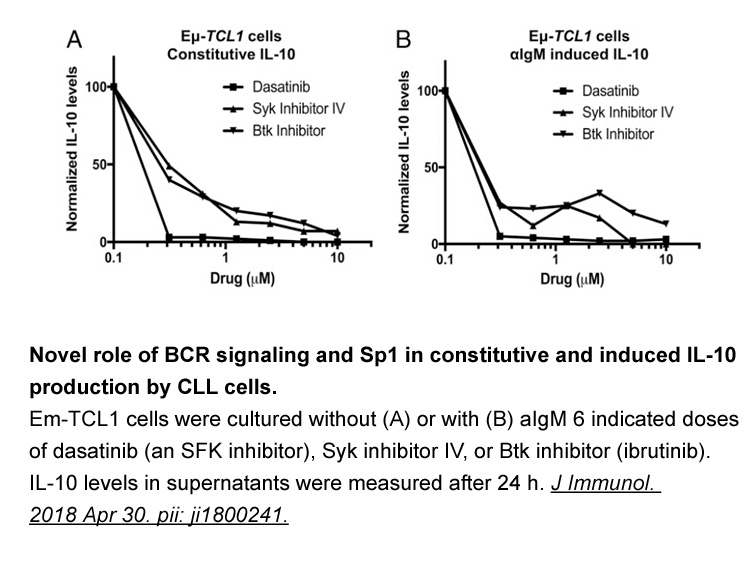
Methods To study electrostatic substrate channeling, we employed two methodologies, Brownian dynamics and a continuum model based on the Smoluchowski theory. Whereas Brownian dynamics simulations are useful for tracking the motion of individual particles, the continuum model is convenient for cal
-
CXC chemokines are primarily expressed in immune
2020-04-16

CXC chemokines are primarily expressed in immune organs and the central nervous system: the mouse thymus and spleen (Heesen et al., 1996), chicken bursa (Liang et al., 2001), primate (Macaca mulatta) Topotecan HCl (Federsppiel et al., 1993) and cattle locus coeruleus, cerebellum and pons (Rimland et
-
This review focuses on the atomic basis of
2020-04-16
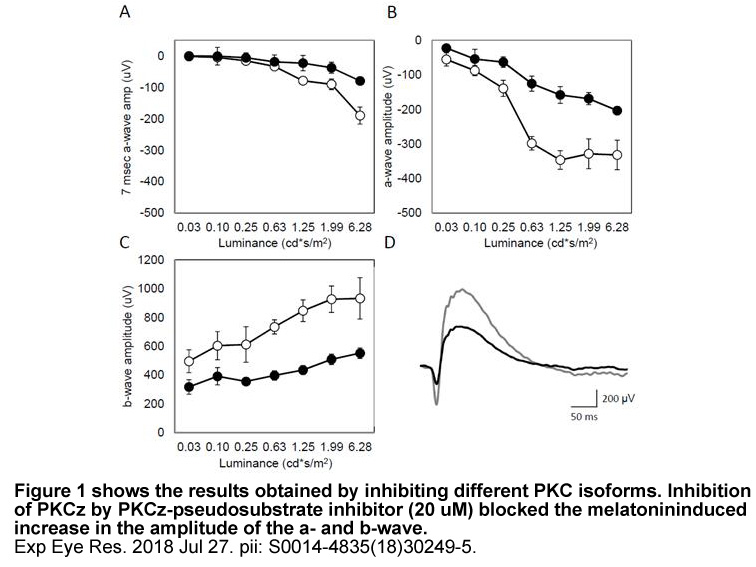
This review focuses on the atomic basis of CRM1-mediated nuclear export. There are now 27 crystal structures of CRM1 in the Protein Data Bank (PDB) (www.rcsb.org) [64]. Collectively, this large body of work explains various aspects of CRM1 function. Here we summarize the structure–function studies t
-
Besides the regulation of the stress responses CRF
2020-04-16
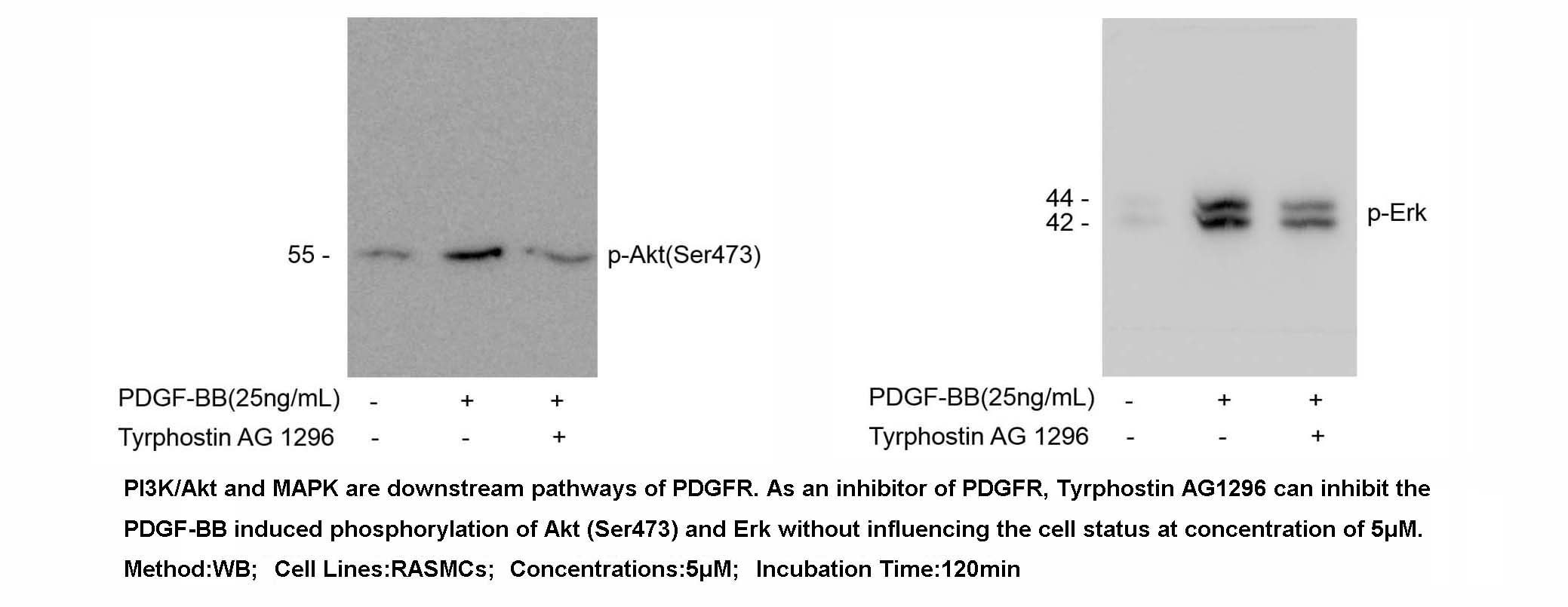
Besides the regulation of the stress responses, CRF and the urocortins have been implicated in drug addiction (Bruijnzeel and Gold, 2005, Sarnyai et al., 2001). For instance nicotine, the addictive substance of tobacco, can activate the HPA axis, just like any other stressor may do, although its im
-
Some studies have integrated the
2020-04-16
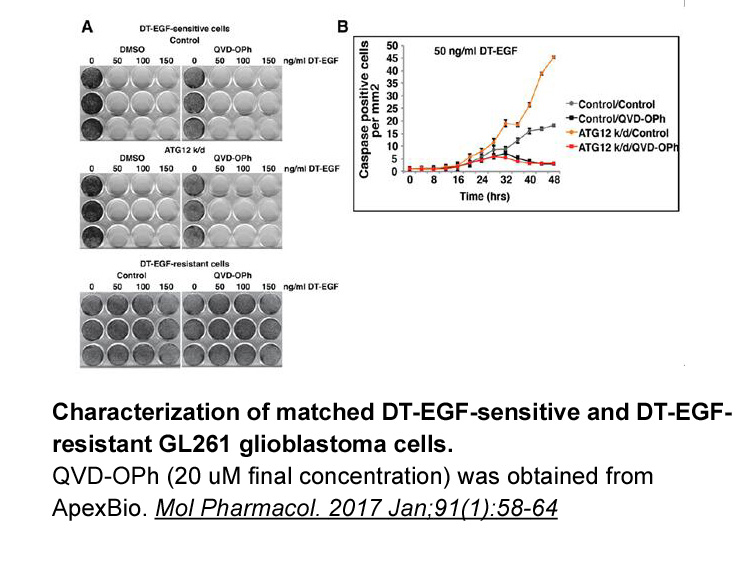
Some studies have integrated the use of cloud computing with user interfaces in the domain of our proposal (i.e. UI). In [24] the authors work with Android devices to achieve more flexibility in the user interfaces by making use of information about the environment (for example, with an ambient ligh
-
br Study design br Results To
2020-04-16

Study design Results To explore potential differences in the volume the different swabs absorb, the loss of weight of tubes filled with water after soaking the different swabs under defined conditions was determined. This revealed that the different swabs absorbed between approximately 0.07 an
-
It is well known that acrolein a metabolite of
2020-04-15
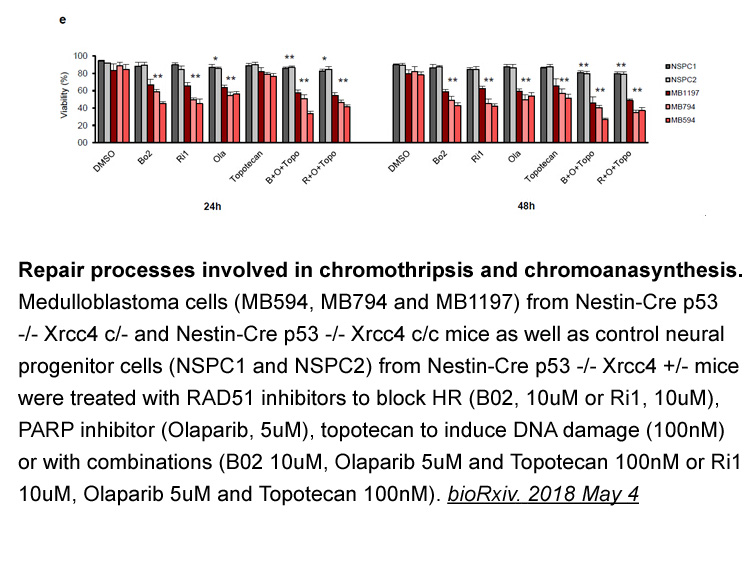
It is well known that acrolein, a metabolite of cyclophosphamide, is responsible for the cyclophosphamide-induced cystitis, and that acrolein is capable of activating TRPA1 channels expressed in the capsaicin-sensitive primary afferents [2], [11]. In this context, it is likely that the early phase o
-
Despite a high affinity for progesterone and
2020-04-15
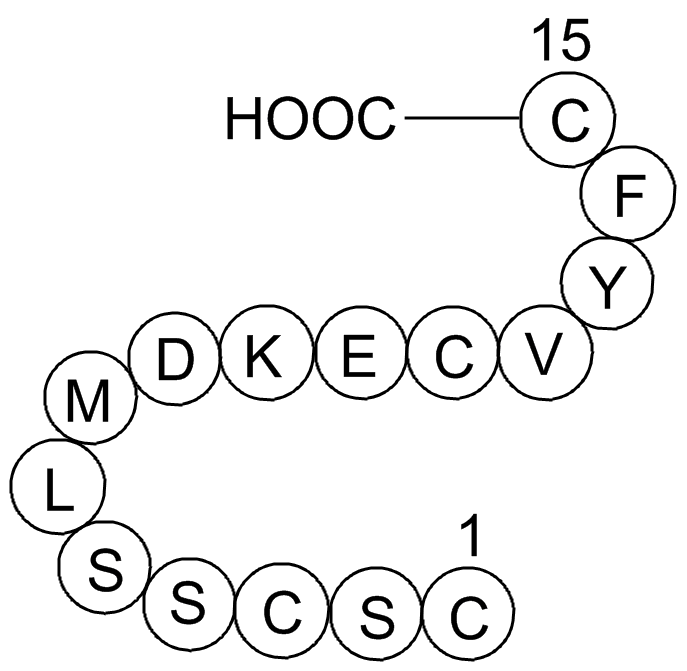
Despite a high affinity for progesterone and a relatively high affinity for testosterone [7], the binding of progesterone and testosterone to CBG is often disregarded [1], [2], [3]. However, the concentrations of these two hormones varies considerably under both normal physiological and pathophysiol
-
br Results br Discussion The most relevant overall finding w
2020-04-15

Results Discussion The most relevant overall finding was that DDR1 is present in myelin and is probably synthesized by oligodendrocytes. This result was supported by three different approaches. First, we detected presence of DDR1 mRNA in myelin by ISH. Second, the pattern of DDR1 immunostainin
-
Cysteinyl leukotrienes CysLTs are potent inflammatory mediat
2020-04-15
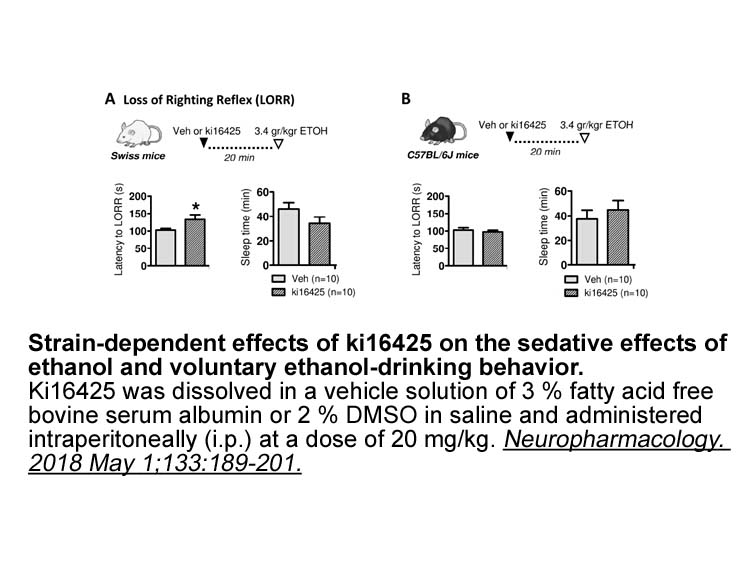
Cysteinyl leukotrienes (CysLTs) are potent inflammatory mediators closely associated with cerebral ischemic injury. CysLTs induce inflammatory responses mediated by at least two different CysLT receptors (CysLT1R and CysLT2R) (Bäck et al., 2011, Singh et al., 2010). It has been reported that the Cys
-
Previous studies from our laboratory have demonstrated that
2020-04-15
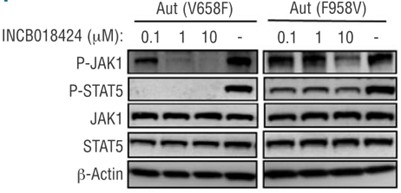
Previous studies from our laboratory have demonstrated that CysLT1R mRNA and protein expression can be upregulated by T2-type cytokines (IL-13, IL-4, and IL-5) in monocytes, macrophages, and eosinophilic HL-60 cells., To our knowledge, however, there are no studies on interactions of cytokines (such
-
br The ubiquitin proteasome system The ubiquitin proteasome
2020-04-15
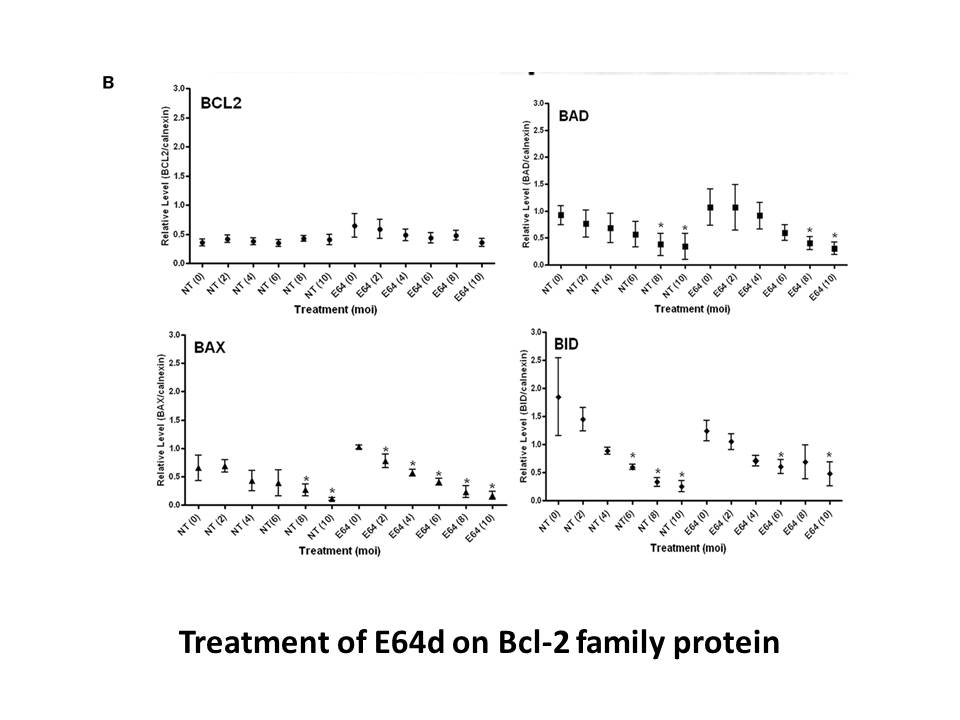
The ubiquitin proteasome system The ubiquitin proteasome system (UPS) plays a significant role in the regulation of cell growth and survival, in addition to maintaining cellular homeostasis. By means of the UPS, mitoxantrone receptor can precisely and temporally degrade approximately 80% of the e
-
CRF and urocortin produce marked effects on the cardiovascul
2020-04-15
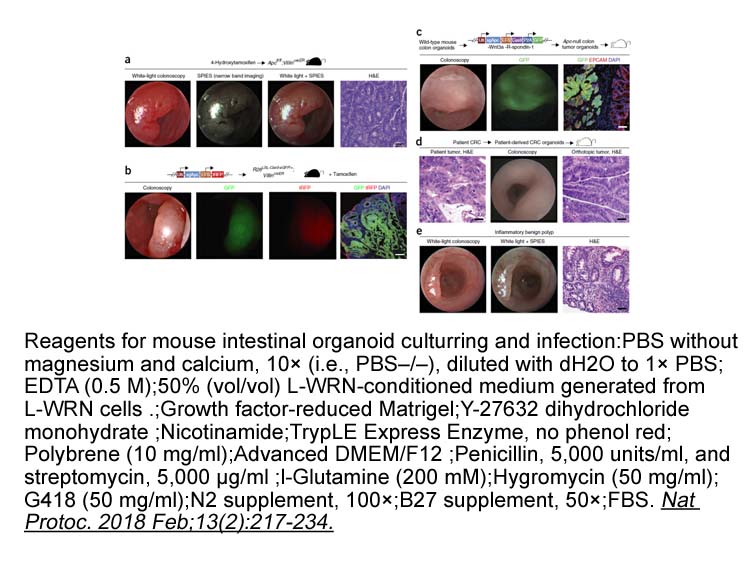
CRF and urocortin 1 produce marked effects on the HQNO mg when administered both i.v. or directly into the CNS (Parkes et al., 2001). Systemic i.v administration of CRF and urocortin 1 cause a marked and long-lasting reduction in mean arterial blood pressure in rats Briscoe et al., 2000, Lawrence e
-
The reference standards methyl difluoro dioxolo benzo imidaz
2020-04-15
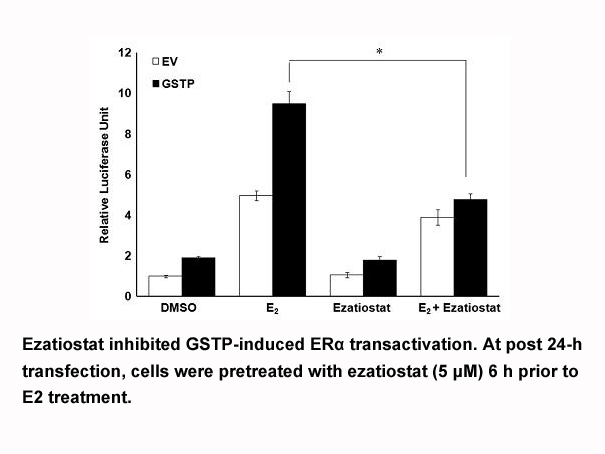
The reference standards methyl 3-((2,2-difluoro-5-[1,3]dioxolo[4′,5′:4,5]benzo[1,2-]imidazol-6-yl)carbamoyl)benzoate () and -(2,2-difluoro-5-[1,3]dioxolo[4′,5′:4,5]benzo[1,2-]imidazol-6-yl)-3-methoxybenzamide (), and their corresponding desmethylated precursors 3-((2,2-difluoro-5-[1,3]dioxolo[4′,5′:
-
The pathogenesis of formation of an intradural tumor is
2020-04-15
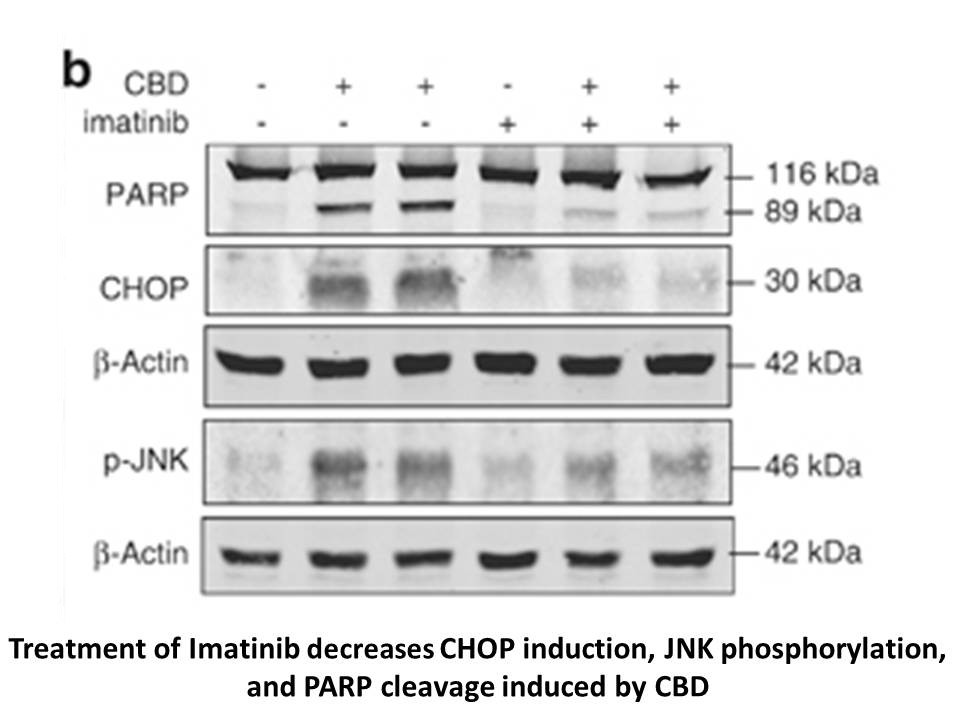
The pathogenesis of formation of an intradural tumor is unclear. Initially, several lines of evidence suggested a neural crest cell of origin for Ewings’s sarcoma based on expression of neuroectodermal markers on tumor Kobe0065 receptor [45,46]. However more recently, studies have shown that express
15483 records 837/1033 page Previous Next First page 上5页 836837838839840 下5页 Last page